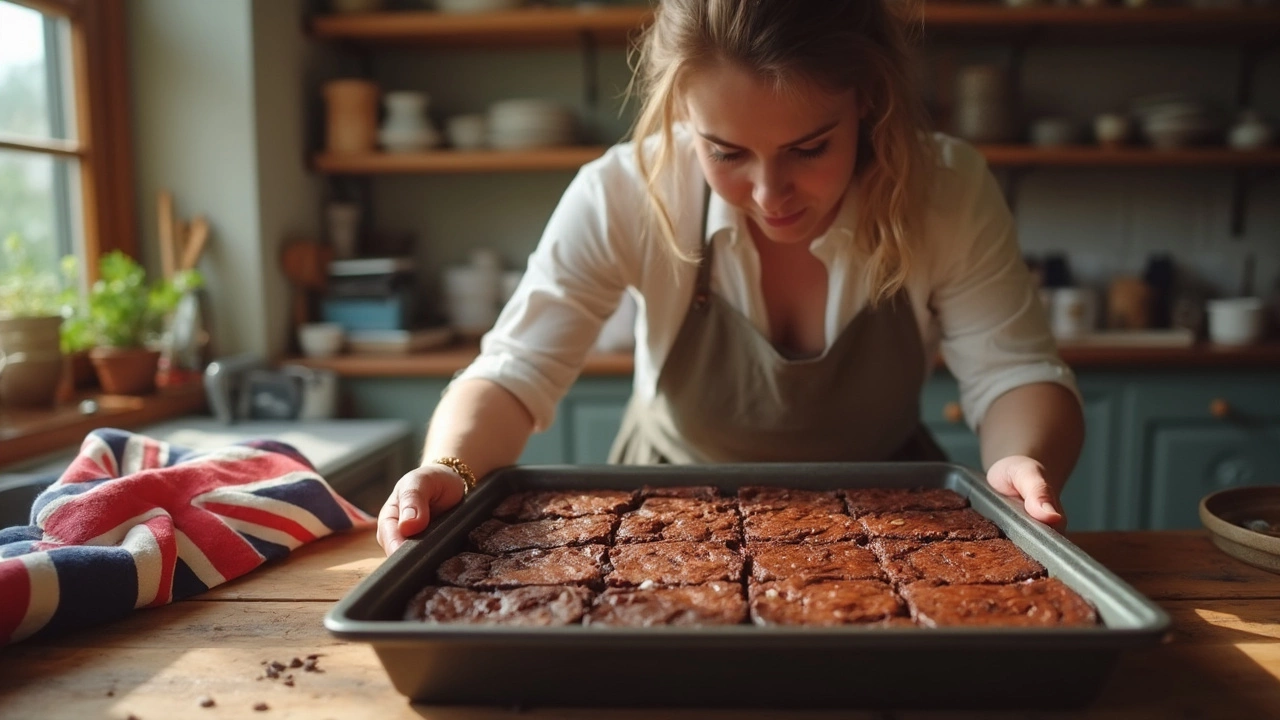
Pulled out brownies too soon and ended up with a gooey mess? Left them in a bit longer and now they're basically chocolate bricks? You're not alone. Figuring out when brownies are actually done is tricky, but there are a few simple ways to get it right every time.
Most people stick a toothpick in the center and hope for the best, but that old trick has some surprises—more on that in a minute. The truth is, chewy, fudgy, or cakey brownies each need a different approach. If you've ever argued with someone over brownie middles vs. edges, you'll want to know exactly what signs matter.
No one likes ruining a good batch, especially when chocolate is on the line. Before you reach for the oven mitts, it's worth knowing what to actually look for so you can avoid the most common mistakes. Whiskers once tried to swipe a cooling brownie right off the counter—and even she knew the difference between underbaked and overbaked (one was a mushy fail).
There's no need to memorize complicated steps or buy fancy gadgets. You probably have everything you need already: your eyes, a toothpick, and a little patience. Ready to figure out the sweet spot between batter and brick?
- Why Browning Timing Matters
- Classic Toothpick Test Myths
- Texture: Fudgy vs. Cakey
- Visual Signs to Look For
- Last-Minute Tips for Perfect Brownies
Why Browning Timing Matters
Timing is everything when it comes to baking brownies. Even a few minutes make a huge difference between a fudgy bite and something that tastes dry or bitter. Most home ovens vary in real temperature—sometimes up to ten degrees off. That means your brownies could bake faster (or slower) than the recipe says.
Brownies have three main personalities: fudgy, chewy, and cakey. Each one reacts to the oven differently. Fudgy brownies, for example, should look done but still wobble just a bit in the middle when you take them out. If you leave them in too long, they’ll turn into chewy bars—or worse, dry out completely.
- Chewy brownies—Take them out as soon as the edges pull away from the pan, but the center still looks just slightly set.
- Cakey brownies—Wait for the top to look dry and puffed up. A toothpick with a few moist crumbs is a good sign here.
If you’re someone who likes stats, here's a quick table showing what usually happens by minute mark for a standard 8-inch pan at 350°F:
| Minutes in Oven | Brownie Texture |
|---|---|
| 20 | Raw in the center |
| 25 | Fudgy, just set |
| 28 | Chewy, moist crumbs |
| 30+ | Cakey, almost dry |
Miss the right timing, and you waste good chocolate—not to mention the expectation of perfect brownies. So, every minute really does matter. You want those sweet, crackly tops, no burnt edges, and just the right level of goo in the center.
Classic Toothpick Test Myths
The toothpick test rules the world of baking tips, but with brownies, this classic move can actually trip you up. Here’s the deal: everyone says to poke a toothpick in the center and if it comes out clean, your brownies are done. That works for cake, but brownies are a whole different animal, especially if you want them chewy or fudgy.
When you’re after gooey brownies, a clean toothpick is actually a warning sign—they’re likely overbaked. Brownies keep cooking after you pull them out of the oven, and those few minutes make a big difference. The best time to take them out? When the toothpick has a few moist crumbs (not wet batter, but not clean either). If you wait for it to come out spotless, you’ll end up with dry, cakey brownies, which isn’t everyone’s thing.
Here are some quick realities about the toothpick test for brownies:
- For fudgy brownies: Pull the pan when the toothpick has sticky, moist crumbs.
- For cakey brownies: Wait until the toothpick is almost clean with just a crumb or two.
- If you see thick, raw batter, give it a few more minutes, but stay close.
One interesting fact: a 2022 baking survey by King Arthur Baking found almost 60% of home bakers use the toothpick test, but half of them said their brownies were too dry. That’s no coincidence! The secret is knowing when to stop baking, even if it feels “not quite done” in the center. As long as the edges look set and the top is shiny with a few cracks, you’re on track.
Bottom line—the toothpick test isn’t useless, it just needs to be used a bit differently when you want that classic chewy brownie bite.

Texture: Fudgy vs. Cakey
The battle between chewy brownies and cakey brownies starts with the batter. The main difference comes down to science: how much fat versus flour is in the mix, and how long everything bakes. Fudgy brownies have more butter and chocolate, less flour, and usually skip the extra leavening. Cakey versions use a little more flour, maybe some baking powder, and even a splash of milk.
If you bite into a fudgy brownie, it should feel dense and a bit creamy in the middle. It won’t be raw, but a toothpick might come out with sticky crumbs on it—and that's a good thing for fans of gooey texture. Overbake these and you lose all the magic.
Cakey brownies are lighter and fluffier, almost like a chocolate cake cut short. Here, a toothpick should come out mostly clean, maybe with a crumb or two. If the center looks dry, you’ve likely crossed into chalky territory.
Here’s a quick cheat sheet to tell the difference when you’re testing doneness in the oven:
- Fudgy Brownies: Toothpick shows moist, thick crumbs. Center might wiggle a little if you shake the pan.
- Cakey Brownies: Toothpick comes out clean or with one or two dry crumbs. Top looks puffed and a little cracked.
For most home bakers, oven timing is everything. Even two extra minutes can turn chewy brownies into something way less exciting. According to a real taste test by America’s Test Kitchen, most people like their brownies baked until just a few moist crumbs stick to the toothpick—almost never super dry or totally gooey.
| Brownie Type | Oven Time (8x8 pan, 350°F) | Toothpick Result |
|---|---|---|
| Fudgy | 23-25 min | Moist crumbs |
| Cakey | 28-30 min | Mostly clean |
If you want a chewy edge and a soft center, you can even use a metal pan instead of glass. Metal heats faster and gives those classic crispy sides without overcooking the middle. Once you know the signals for each texture, you can make brownies just the way you love them—every single time.
Visual Signs to Look For
If you're tired of poking your brownies and hoping for the best, let's talk about what you can actually see without digging into the pan. The way your brownies look can tell you a ton about whether they're really done or need more time.
First thing—check the edges. The sides of properly baked brownies start to pull away from the pan just slightly. If you notice a thin gap all around the pan, that’s a good sign your brownies set up nicely.
The surface matters, too. Whether you prefer fudgy or cakey brownies, the top should look matte and slightly crackly, especially in the middle. If it’s still wet or shiny in the center, they need more oven time. Don’t let a completely dry crust fool you, though. You want a little bit of gloss to remain, hinting at all that gooey center magic.
Now, gently shake the pan. If the middle jiggles like pudding, your brownies aren’t done yet. But if only the slightest shake happens in the very center, you’re probably good to go for that rich, chewy bite. No movement at all? You might be heading towards overbaked crumb territory.
Also, look for these signs:
- Brownie color: Should be deep, not pale. If it’s still light, the batter hasn’t set.
- Edges: Firm and set, but not burnt or hard.
- Top: A crinkly, dry sheen rather than a sticky gloss.
- Sides: Slightly shrinking away from the pan.
If you want to be ultra-precise, here’s how long each texture often takes in a standard 8x8 inch pan at 350°F:
| Type | Time (minutes) | Visual Cue |
|---|---|---|
| Fudgy | 28-30 | Glossy center, crackly edges |
| Chewy | 32-35 | Matte center, edges pulled away |
| Cakey | 35-40 | Even matte top, firm edges |
Bottom line: trust your eyes as much as any baking tip. A perfect batch has edges that lift just away from the pan, a crackly but not bone-dry top, and a center that doesn’t wobble. Easy once you know what to spot!
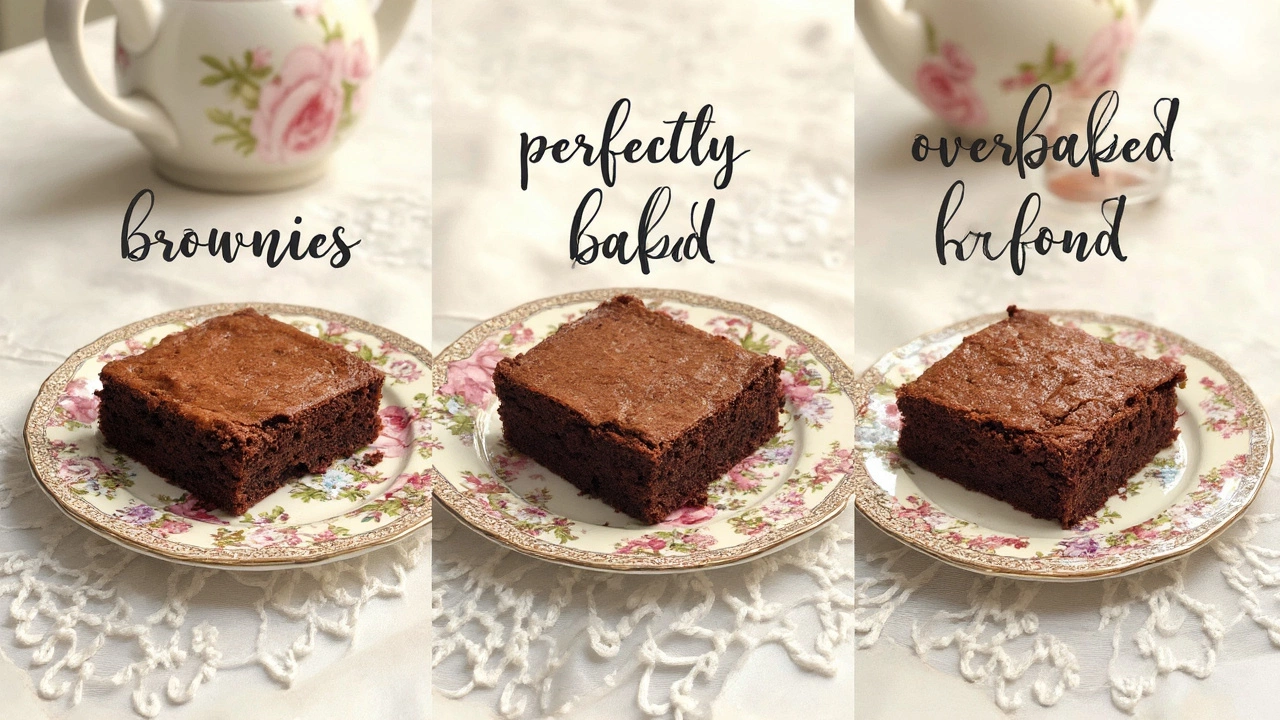
Last-Minute Tips for Perfect Brownies
If you’ve made it this far, you’re close to biting into that tray of brownies. But the last few minutes can make all the difference. Here’s how to make sure you nail it every time.
- Cool before cutting: This is the tip everyone wants to skip. Don’t. Fresh out of the oven, brownies are still setting up. Letting them cool in the pan for at least 20-30 minutes saves you from a gooey mess. If you want sharp, bakery-style pieces, chill them in the fridge first.
- Rotate the pan: Not all ovens heat evenly. Halfway through baking, spin the pan 180 degrees. It helps the center and edges bake at the same speed, avoiding dry outsides and raw middles.
- Parchment paper matters: If you line your pan with parchment, you can lift the whole batch out in one piece. This stops overbaking from the hot pan, especially if you’re eyeing that perfect chewy texture.
- Oven temp is sneaky: Ovens lie more than you’d think. A 350°F setting doesn't always mean 350°F inside. Use an oven thermometer to make sure your brownies get the heat they deserve. Recent consumer reports showed around 25% of home ovens are off by at least 15-25°F.
- Test early, not late: Start checking your brownies 5 minutes before the recipe says they’re done. Every oven and recipe is a bit different. It’s easier to bake them a minute longer than save them from overcooking.
If you’re a visual learner, take a peek at typical baking times for different textures:
| Brownie Type | Baking Temp | Baking Time Range |
|---|---|---|
| Fudgy | 325-350°F | 24-28 min |
| Cakey | 325-350°F | 28-32 min |
Never rely on looks alone—those dreamy cracks on top can fool you. Check both the edges and center with a toothpick, and remember: a few moist crumbs mean you’re set for chewy brownies. Dry toothpick? You’ve probably gone a bit far.
Now that you’ve got all these last-minute tricks, you’re way less likely to end up with sad, dry, or raw brownies. Go ahead and enjoy—just don’t be surprised if people start asking for your secrets.


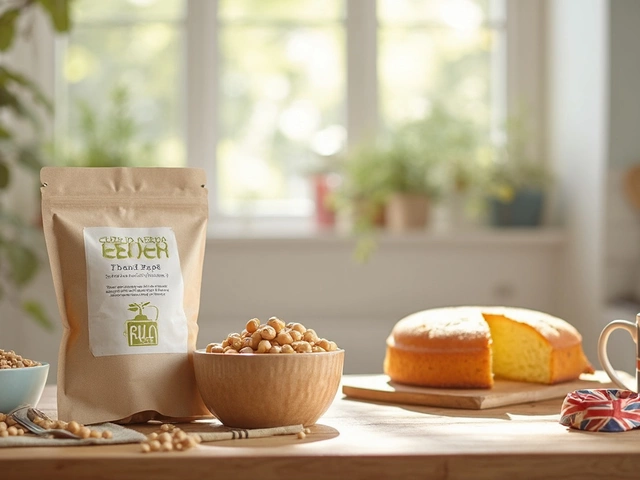
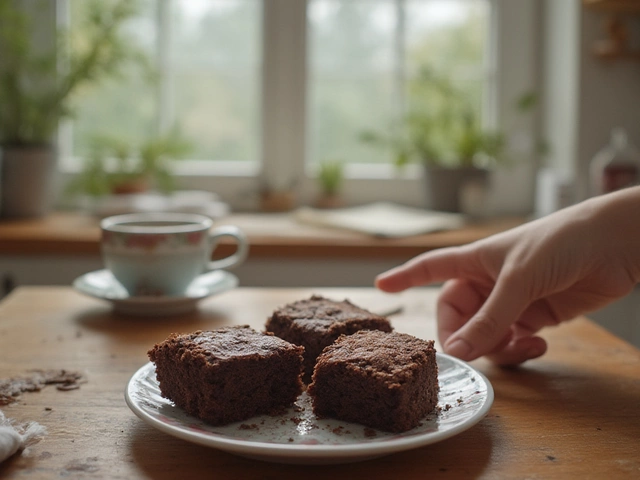
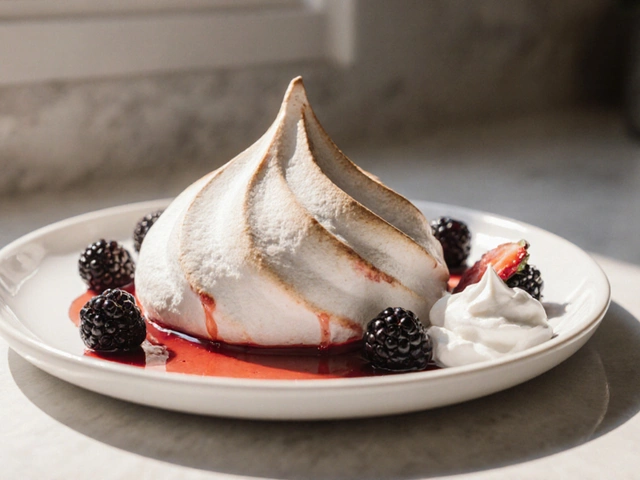

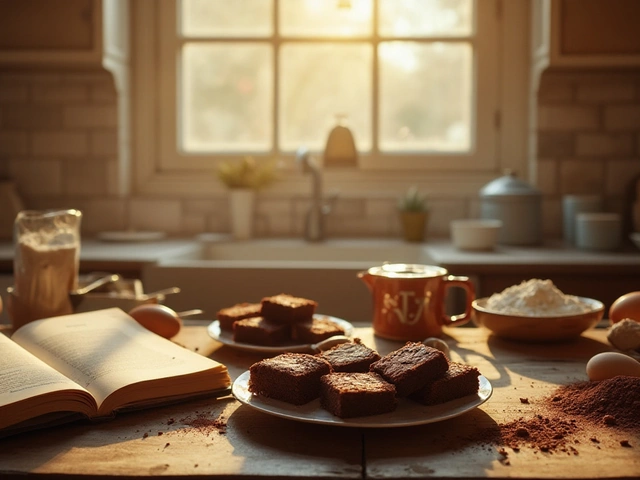
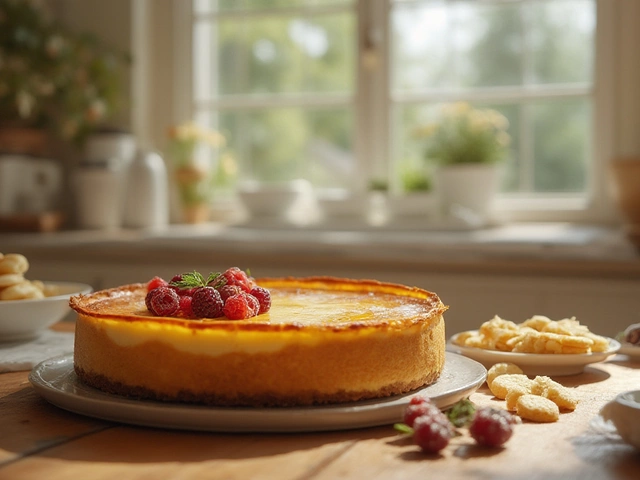


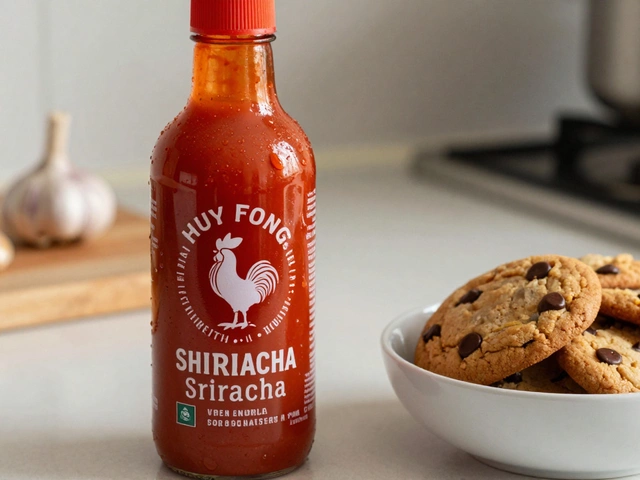
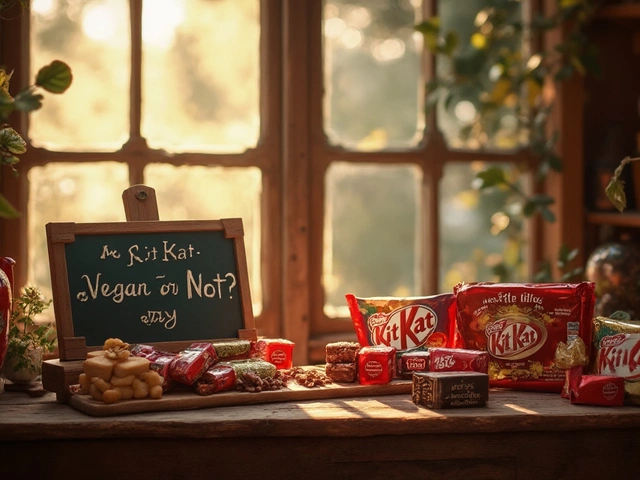
Write a comment